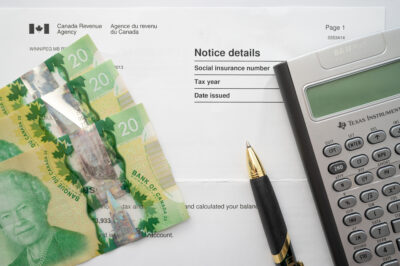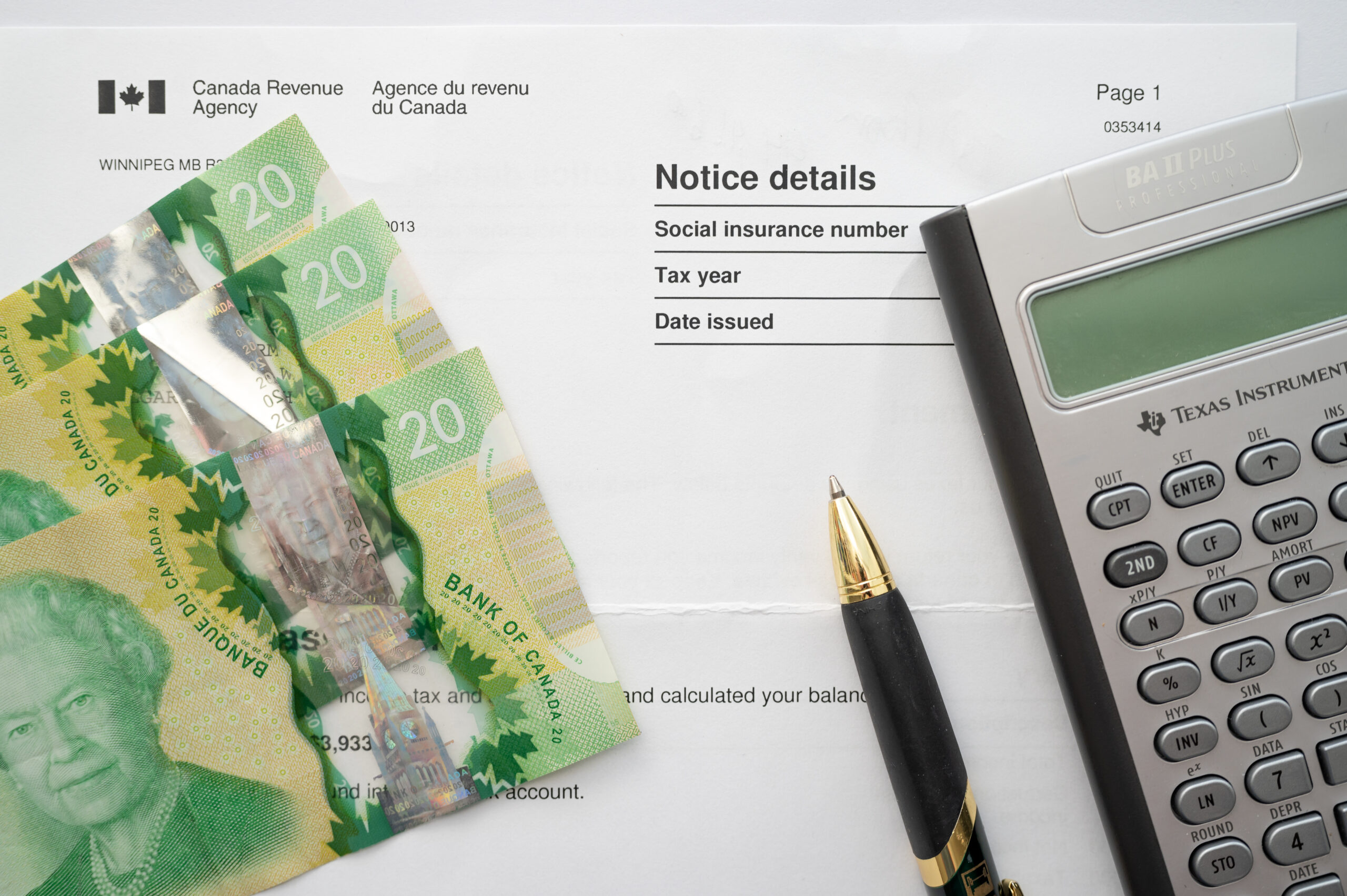In the wake of economic challenges posed by global events such as the COVID-19 pandemic, many Canadians found themselves seeking financial assistance through programs like the Canada Emergency Response Benefit (CERB). While these programs provided crucial support, some individuals may now face the challenge of repaying CERB overpayments or debts, leading to questions about their options, including bankruptcy. If you’re navigating this complex terrain, you’re not alone. Let’s explore whether you can include CERB debt in a bankruptcy, and what that process might entail.

Understanding CERB and Overpayments
First, it’s essential to grasp what CERB is and how overpayments can occur. CERB was a financial aid program introduced by the Canadian government to help workers who lost their income due to COVID-19. It provided temporary financial support to eligible applicants. However, due to the rapid deployment of the program and evolving eligibility criteria, some recipients received payments they were not entitled to, leading to CERB overpayments. Funds were distributed without confirming eligibility, and now the Canada Revenue Agency (CRA) is going back to determining that funds were issued in error and demanding repayment.
The Basics of Bankruptcy in Canada
Bankruptcy is a legal process in Canada that provides relief to individuals who cannot repay their debts. It’s governed by the Bankruptcy and Insolvency Act (BIA) and is designed to give individuals a fresh financial start by discharging most of their debts. However, not all debts are dischargeable under bankruptcy. Generally, bankruptcy can include unsecured debts like credit card debt, unsecured loans, and certain government debts.
Can CERB Debt Be Included in Bankruptcy?
Here’s the good news: Yes, CERB debts can generally be included in a bankruptcy or a consumer proposal in Canada. Since CERB overpayments are considered unsecured debts, they are treated similarly to other unsecured debts in a bankruptcy process. This means that if you find yourself unable to repay the CERB overpayment, filing for bankruptcy may discharge this debt along with your other eligible unsecured debts.
What You Need to Know
However, there are a few key points to consider before proceeding:
1. **Eligibility and Process**: Not everyone may choose bankruptcy as the first solution. It’s vital to consult with a Licensed Insolvency Trustee (LIT) to discuss your financial situation and explore all available debt relief options. An LIT can guide you through the bankruptcy process, including filing the necessary paperwork and notifying creditors.
2. **Impact on Credit**: Bankruptcy does impact your credit score and will remain on your credit report for a specific period, affecting your ability to obtain future credit. It’s crucial to weigh the long-term implications and consider alternatives like a consumer proposal, which might have a less severe impact on your credit.
3. **Exceptions and Considerations**: While CERB debts are generally dischargeable, the circumstances surrounding the overpayment may be scrutinized. For example, if the overpayment was a result of fraudulent claims, this could complicate the process. Honesty and transparency with your LIT are paramount.
4. **Government Debts and Exceptions**: It’s also important to note that while many government debts can be discharged in bankruptcy, some exceptions exist, such as court-ordered fines and certain student loans (if it’s been less than seven years since you were a student). Ensure you discuss these details with your LIT.
Alternatives to Consider
Before deciding on bankruptcy, consider exploring alternatives:
– **Repayment Assistance**: Contact the agency responsible for CERB to discuss repayment options. There might be flexible plans available.
– **Consumer Proposal**: This is a legally binding process that allows you to repay a portion of your debts over a set period. It’s less severe than bankruptcy regarding its impact on your credit score.
– **Debt Consolidation**: Consolidating multiple debts into a single loan with a lower interest rate might make repayment more manageable without resorting to bankruptcy.
The Path Forward
If you’re considering bankruptcy due to CERB debt or any other financial challenges, the most critical step is to seek professional advice. A Licensed Insolvency Trustee can provide personalized guidance based on your unique situation, helping you understand your options and the implications of each choice. Remember, the goal is to find a solution that allows you to regain financial stability and peace of mind.
Conclusion
The possibility of including CERB debt in a bankruptcy reflects the broader principle that the bankruptcy process is designed to offer a lifeline to those overwhelmed by debt. While it’s a decision that comes with significant considerations, particularly regarding your credit and future financial opportunities, it can provide a much-needed fresh start for those facing insurmountable financial challenges. As we navigate these uncertain times, understanding your options and rights can empower you to make informed decisions about your financial future.
Golding & Associates Limited is a Licensed Insolvency Trustee with offices in Kentville, Halifax and Dartmouth Nova Scotia. We are here to help Nova Scotian’s understand their debt relief options.

